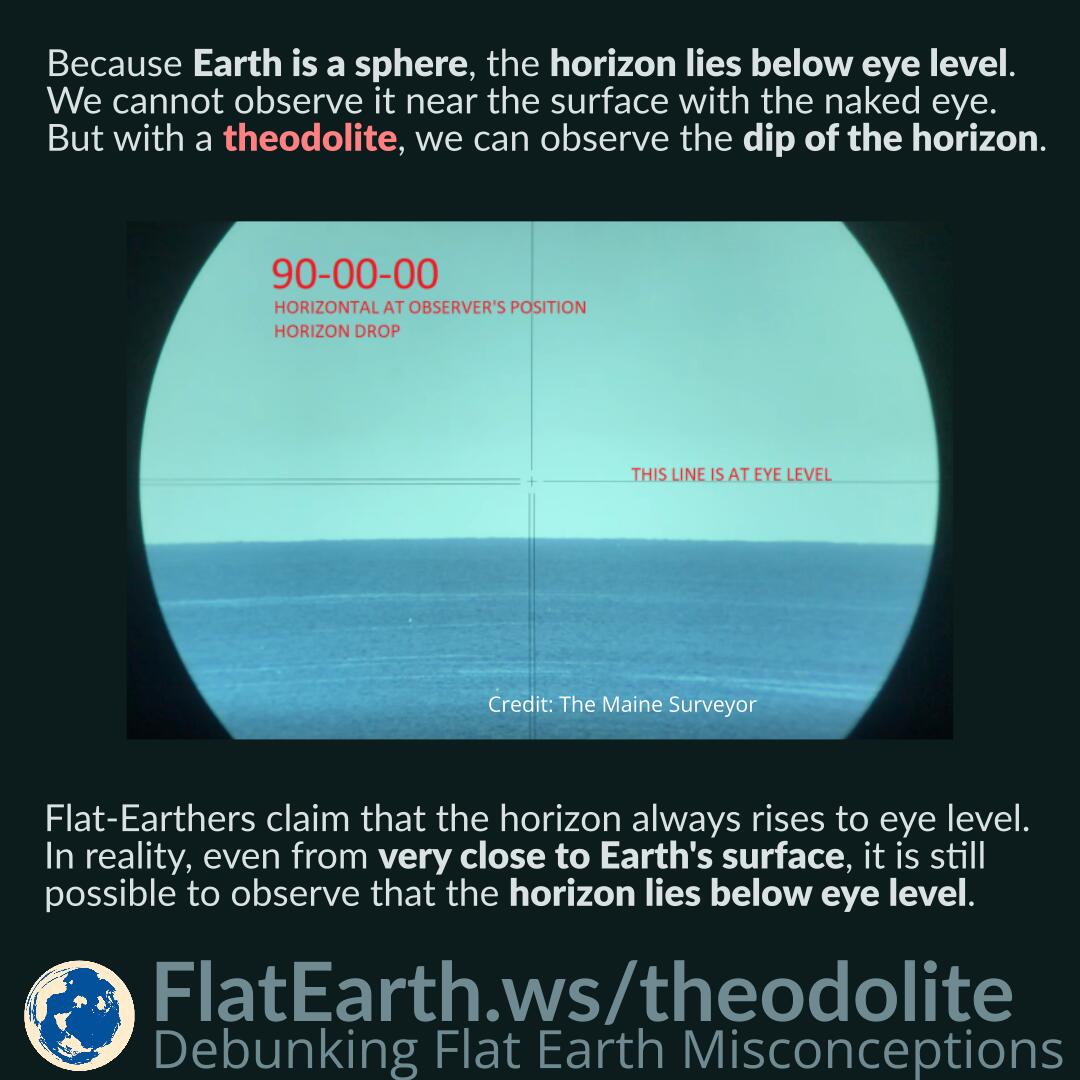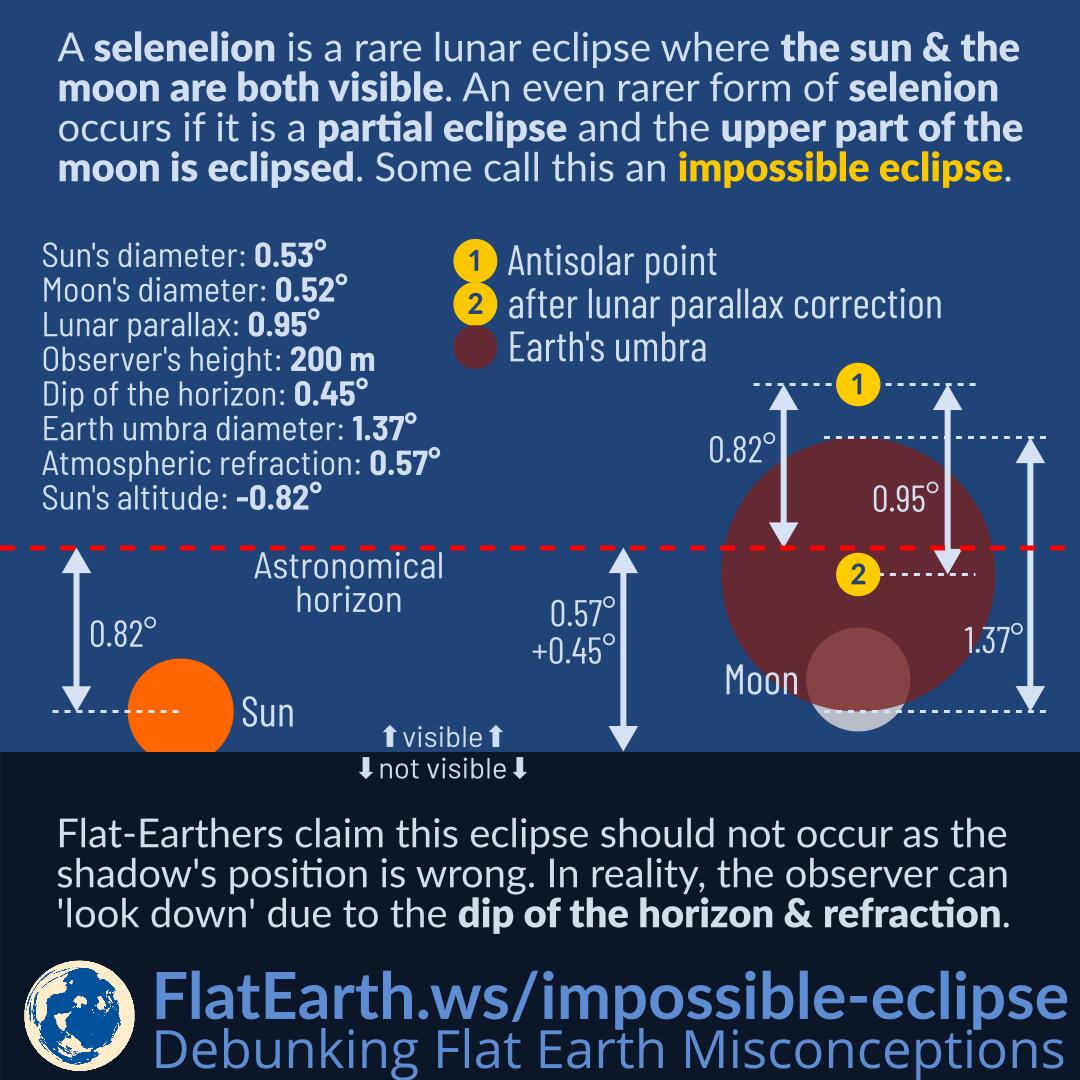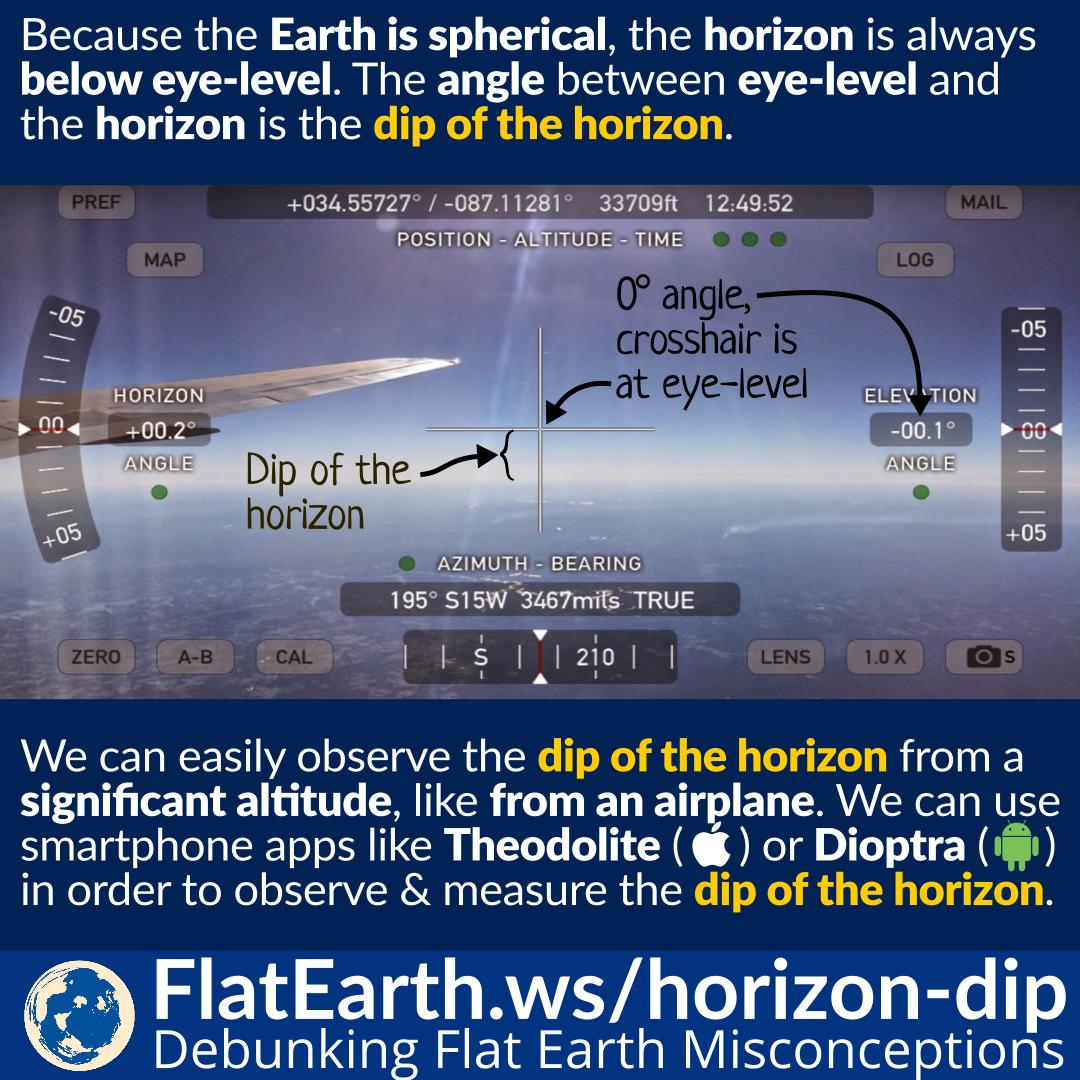Pilots can easily observe that Earth is a sphere, either by visual observation or from the aircraft’s flight instrument.
The level indicator is above the visible horizon. It is the dip of the horizon caused by the fact that Earth is a sphere. Earth’s horizon itself is visibly curving. The horizontal component of the velocity vector is often not the same as the plane’s direction due to the wind & the Coriolis effect from Earth’s rotation.






